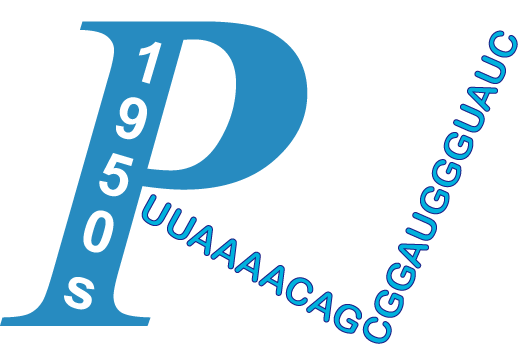| Title | A comparison of virus-associated and multi-trigger wheeze in school children. | ||
| Author | Wassall, Heather J; Devenny, Anne M; Daud Khan, Suleman; Ninan, Titus K; Russell, George | ||
| Journal | J Asthma | Publication Year/Month | 2005-Nov |
| PMID | 16316867 | PMCID | -N/A- |
| Affiliation | 1.Department of Child Health, University of Aberdeen, Foresterhill, Aberdeen, UK. | ||
To examine differences between virus-associated wheeze and wheeze associated with other triggers (multi-trigger wheeze) in elementary school children, we performed a cross-sectional school-based questionnaire study of 5,998 children mainly 7 to 12 years of age, with outliers 6 and 13 years of age. Using parent-completed questionnaires, we identified 522 children who wheezed only during upper respiratory tract infections (virus-associated wheeze), 1,186 children who wheezed on other occasions (multi-trigger wheeze), and 4,290 children with no wheeze. In comparison with children who had multi-trigger wheeze, children with virus-associated wheeze were more likely to be male, to be younger, and to have less frequent wheezy episodes. They were less likely to have night cough, shortness of breath or chest tightness, to have a personal or parental history of atopic disorders, to have a diagnosis of asthma, or to be receiving asthma treatment. Both types of wheeze were associated with social deprivation, a relationship that persisted after controlling for family smoking. Virus-associated wheeze is a common but diminishing problem in this age group, and the differences between virus-associated wheeze and multi-trigger wheeze already noted in pre-school children persist in this older age group.
